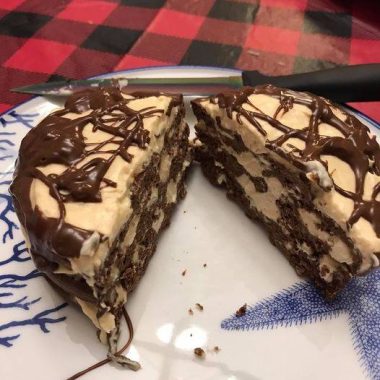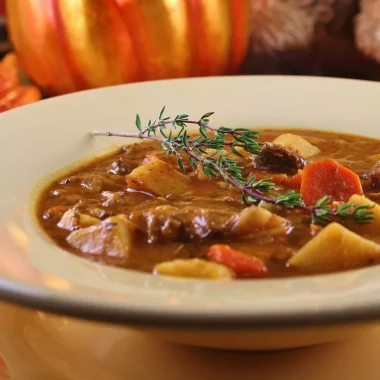Embark on a culinary journey to discover the art of creating the perfect pavlova, a dessert that transcends the boundaries of texture. Pavlova, a delicacy celebrated for its chewy-crisp exterior, marshmallows interior, and crunchy edges, is a testament to the harmonious marriage of egg whites, sugar, and a touch of magic.
Ingredients Needed:
Egg Whites – The Pillars of Pavlova: Elevate your pavlova with the foundational element – beaten egg whites, transformed into stiff peaks.
Sugar – The Architect of Texture: Beyond sweetness, sugar plays a dual role by stabilizing the egg whites and contributing to the delightful crisp texture. Opt for superfine or castor sugar for optimal results.
Acid – A Balancing Act: Introduce a hint of acidity using cream of tartar, white vinegar, or lemon juice. Fear not, as the pavlova won’t bear the vinegar taste; instead, it aids in maintaining the structural integrity of the egg whites.
Cornstarch – The Secret to Fluffiness: Experiment with cornstarch to achieve that elusive fluffiness in the pavlova center. A delicate balance ensures a marshmallow-like consistency without compromising on taste.
Vanilla Extract – Flavorful Elegance: A touch of vanilla extract enhances the overall flavor profile, transforming your pavlova into a delightful sensory experience.
How To Make This Recipe:
Prepare the Baking Tray and Oven: Craft a foundation for your pavlova by drawing a circle on parchment paper, creating a guide for shaping. Preheat the oven, strategically placing the rack to ensure even baking.
Prepping the Egg Whites: Master the delicate art of separating egg whites and yolks. Cold eggs ease the separation process, but room temperature is key for successful whipping. Patience is a virtue during this crucial stage.
Whisking Egg Whites: Navigate the whisking process at a gentle pace, allowing air to slowly infuse the egg whites. Soft peaks are your initial goal, a sign that you are on the right path. The warmer the eggs, the faster the peaks will form.
Adding Sugar to the Meringue: Exercise patience as you introduce sugar into the equation, spoonful by spoonful. Maintain a moderate speed to avoid deflating the mixture, ensuring an airy pavlova. The final result – a thick, glossy meringue.
Incorporating Vinegar and Cornstarch: Fine-tune your pavlova’s stability by adding vinegar and cornstarch during the last minutes of mixing. Witness the transformation from a runny mixture to a sturdy, glossy meringue ready for the oven.
Shaping the Pavlova: Embrace the artistic side of pavlova creation by carefully shaping the meringue on the parchment paper. Create furrows, smooth edges, and a shallow depression for even rising.
Baking at the Correct Temperature: Execute the final act by placing the pavlova in the preheated oven, reducing the temperature to 212°F / 100°C. Resist the urge to open the oven prematurely; let the meringue gods work their magic.
How to Serve a Classic Pavlova:
Elevate your pavlova masterpiece with sweetened vanilla whipped cream and an array of seasonal fruits. Achieve the perfect balance of sweetness with fruits like kiwi, mangoes, strawberries, and more.
Extra Tips for Winter Success:
Navigate the challenges of winter baking with these expert tips:
Warming Egg Whites: Counter the cold weather by warming egg whites in a bain-marie with hot tap water, ensuring a smoother blending process.


